 +86 755 2794 4155
+86 755 2794 4155  sales@knownpcb.com
sales@knownpcb.com
-
Shenzhen KNOWNPCB Technology Co., Ltd.
 +86 755 2794 4155
+86 755 2794 4155  sales@knownpcb.com
sales@knownpcb.com
 2025-05-15
2025-05-15
 906
906
About HDI Introduction
High-Density Interconnector (HDI) PCBs are advanced printed circuit boards characterized by a higher wiring density per unit area compared to standard PCBs. They incorporate fine lines, microvias, and often multiple layers, which allow for more compact and efficient designs.

Key Features of HDI PCBs
•Blind / Buried Microvias
Small holes that connect different layers, enabling higher density and reducing the space needed for routing.
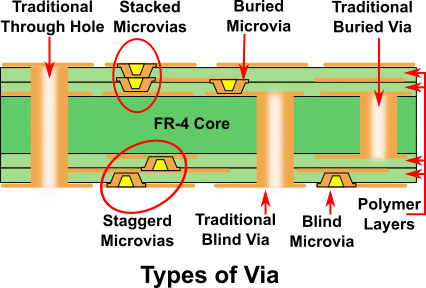
•Smaller Trace Width and Space
HDI PCBs can accommodate smaller components with tighter lead spacing, making them ideal for compact devices.
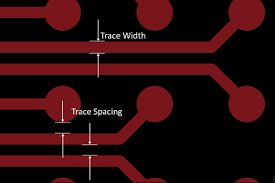
•Layer Count
HDI boards often have multiple layers (4 to 20 or more), which support complex circuits and designs.
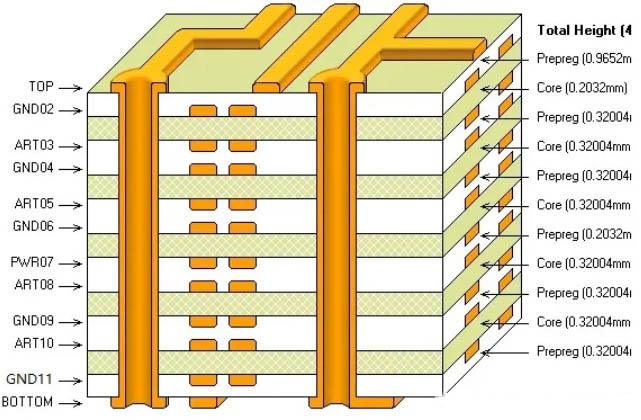
•Impedance Control
Enhanced design capabilities for controlled impedance, crucial for high-frequency applications.
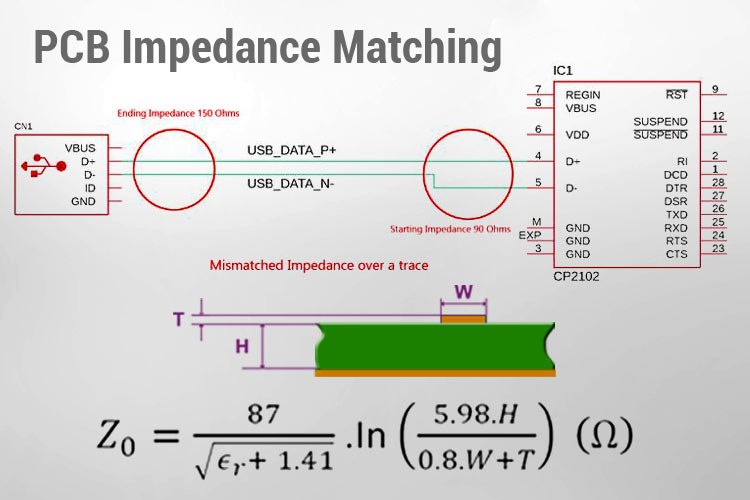
Key Features of HDI PCBs
•Consumer Electronics
Smartphones, tablets, and wearables benefit from HDI's compactness and functionality.

•Automotive
Used in advanced driver-assistance systems (ADAS) and infotainment.
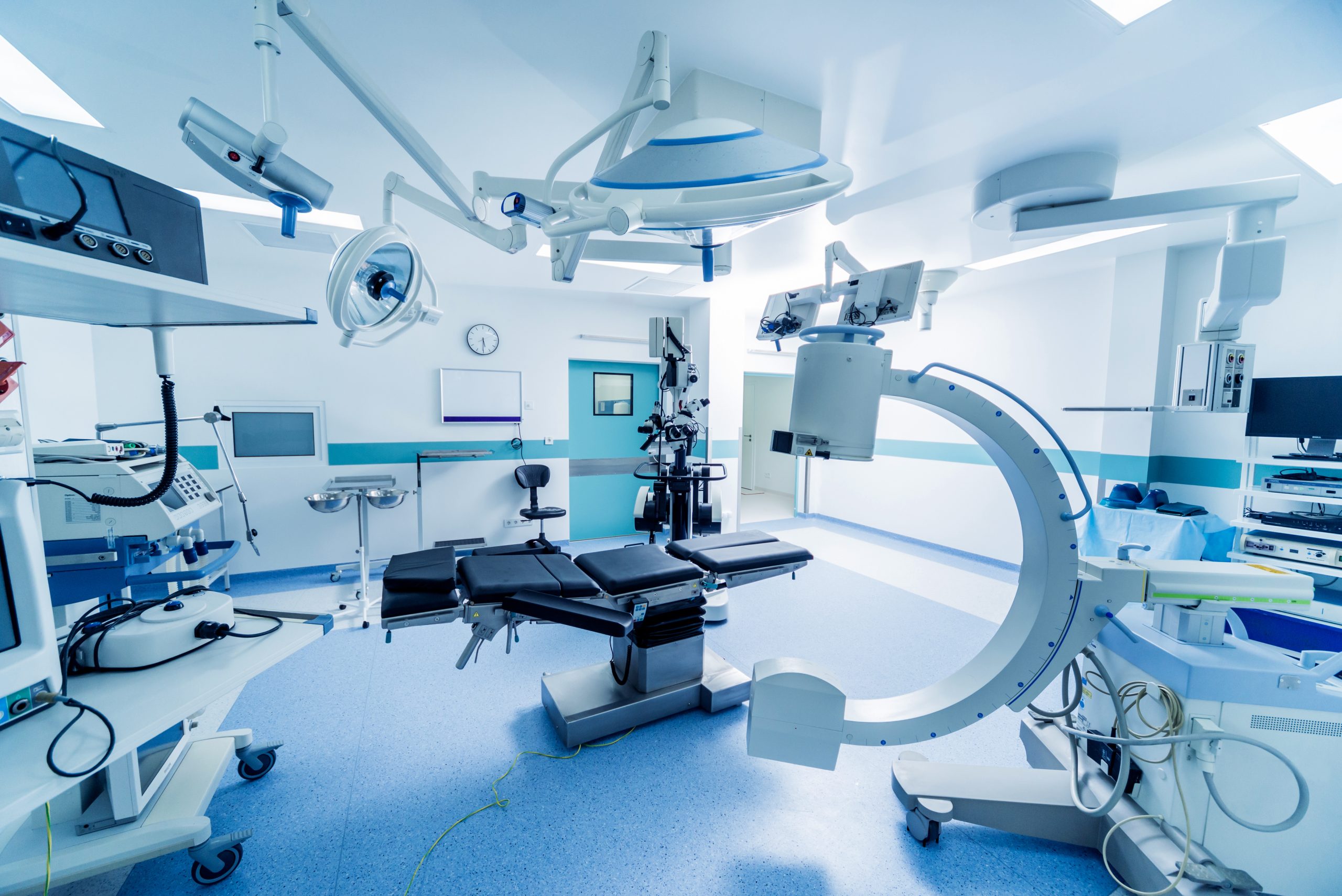
•Medical Devices
Essential for compact, reliable medical equipment.

•Consumer Electronics
Ideal for networking devices and communication systems.

Advantages of HDI PCBs
•Space Efficiency
Allows for smaller device footprints.
•Performance
Enhanced electrical performance due to shorter paths and reduced parasitic effects.
•Versatility
Suitable for various applications, from consumer products to industrial systems.
Overall, HDI PCBs are a vital technology for modern electronics, enabling the development of smaller, more powerful devices.

Or call +86 755 2794 4155
Inquiry Now

